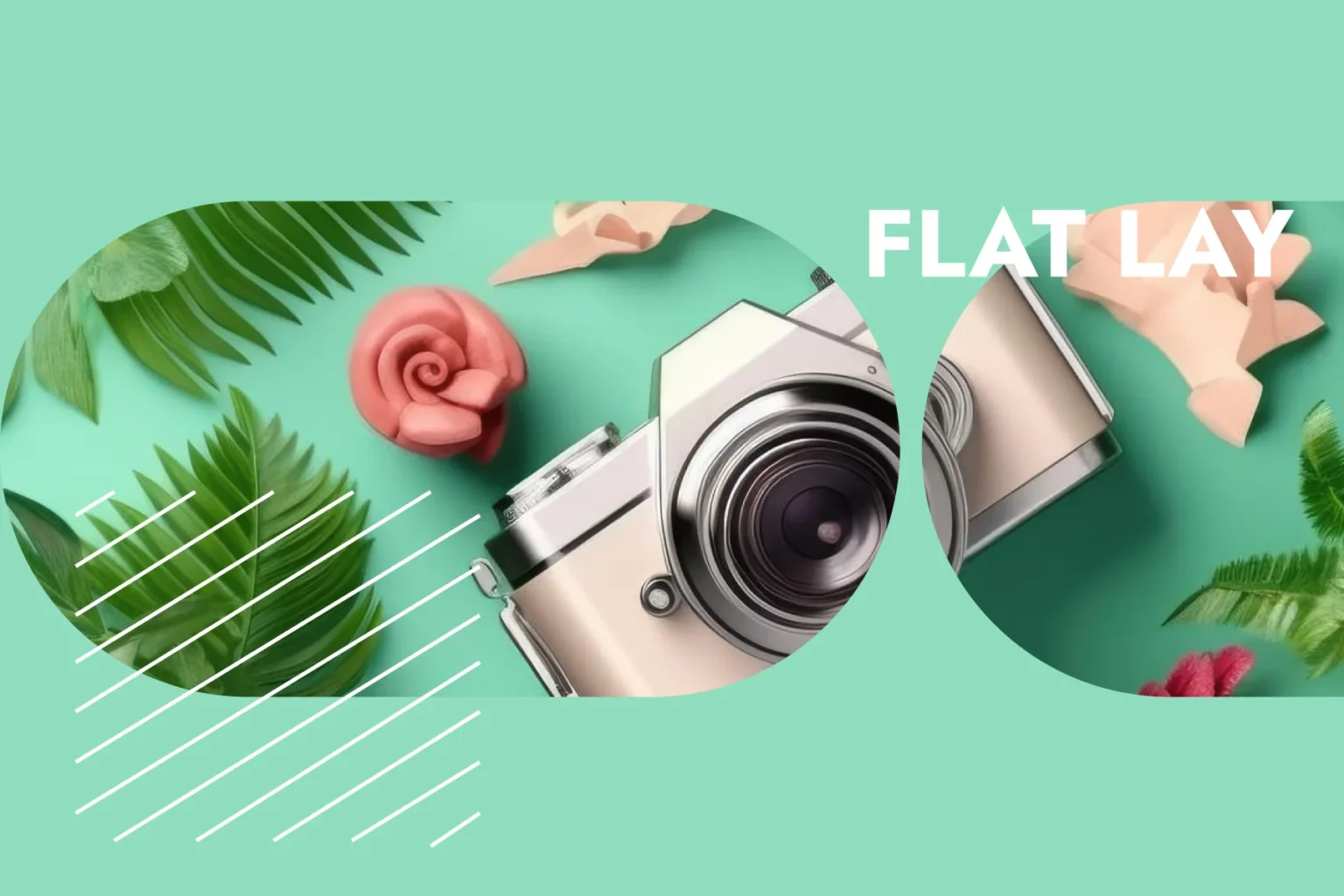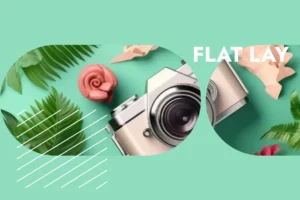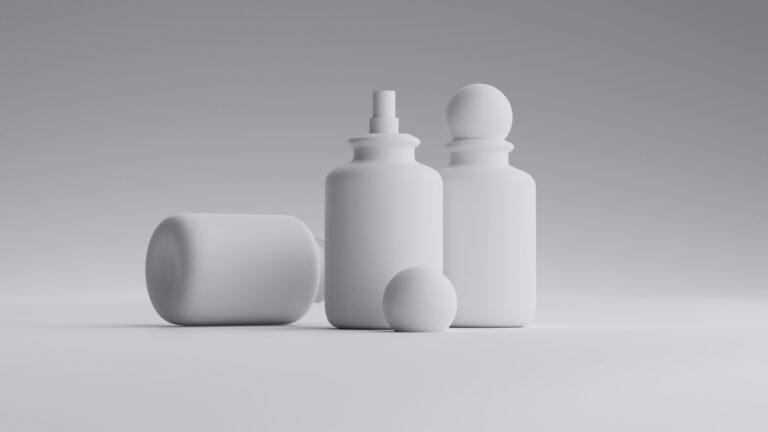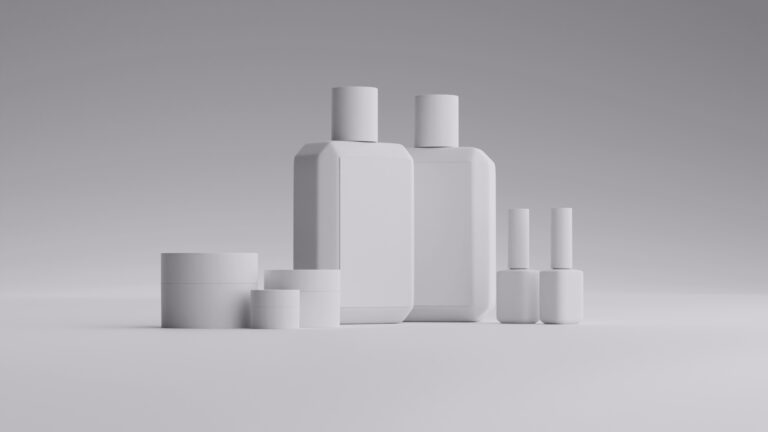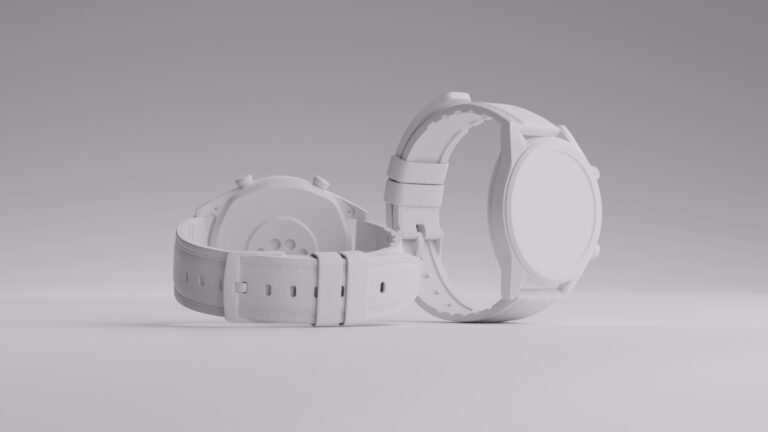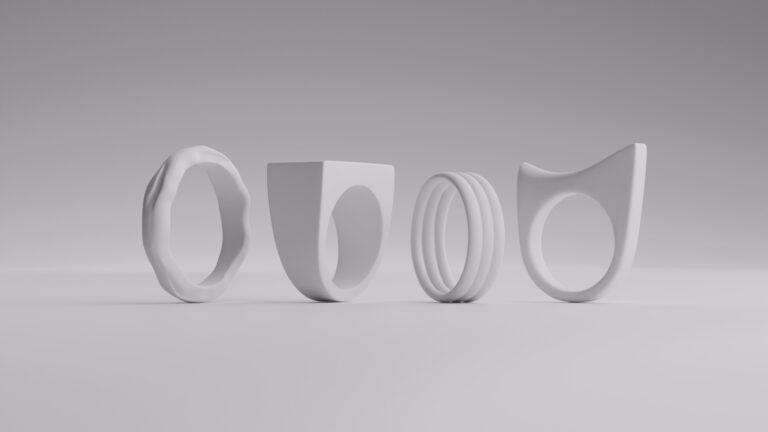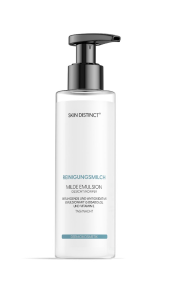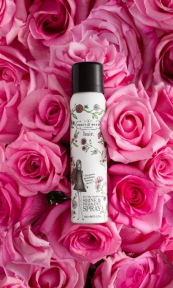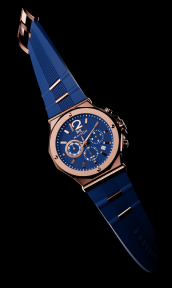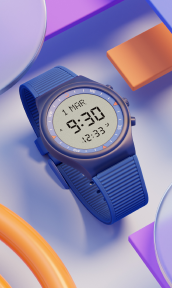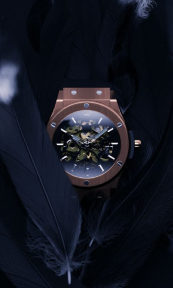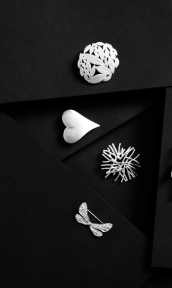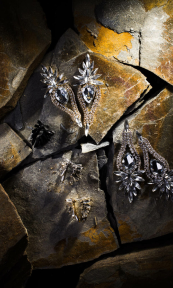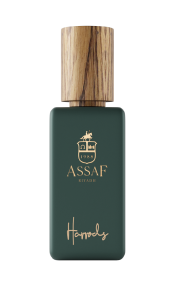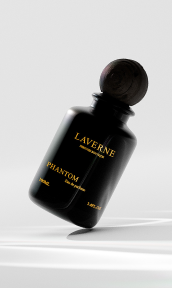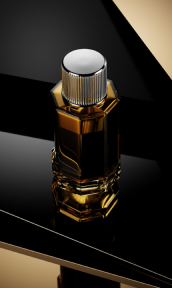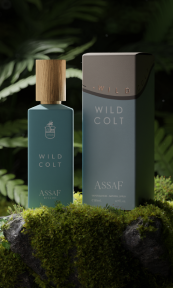The secret to engaging e-commerce imagery lies in mastering the art of flat lay product photography. Photography can create captivating images that tell stories and evoke emotions by arranging products in visually appealing compositions. This article will guide you through everything you need to know about creating stunning flat lays that will captivate your audience and elevate your visual storytelling skills.
What is flat lay product photography?
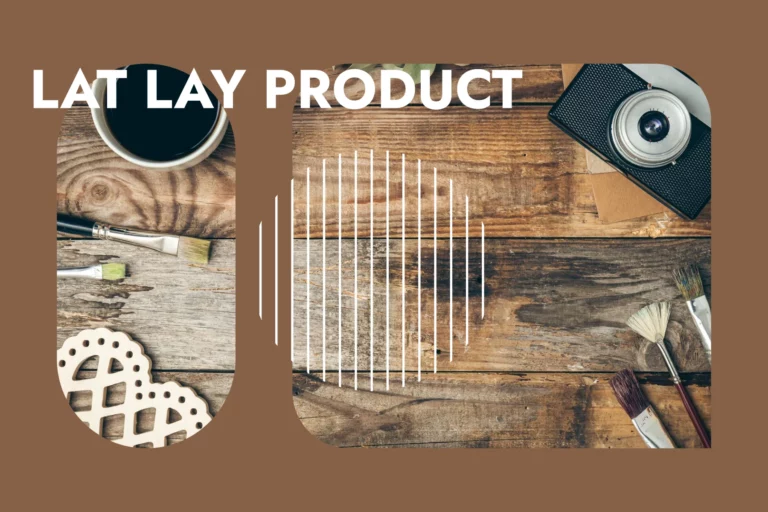
Flat lay product photography is a popular trend in the world of visual marketing. It involves arranging items on a flat surface and capturing them from an above view. This approach to photography encourages imaginative arrangements, showcasing various components in a pleasing visual manner.
You can create unique images that highlight the features and details of your products by using different backgrounds, props, and lighting techniques. This approach is especially useful for businesses that sell visually appealing products such as jewelry, watches, perfume, or cosmetics.
Flat-lay product photography is a fresh and engaging way to present your products to customers. Flat-lay images are a novel technique for creating visually appealing scenes that can convey narratives or elicit emotions, rather than conventional product shots against a monochrome backdrop. They help people imagine using the products in real life and make customers feel connected to the brand.
Flat Lay Photography Equipments
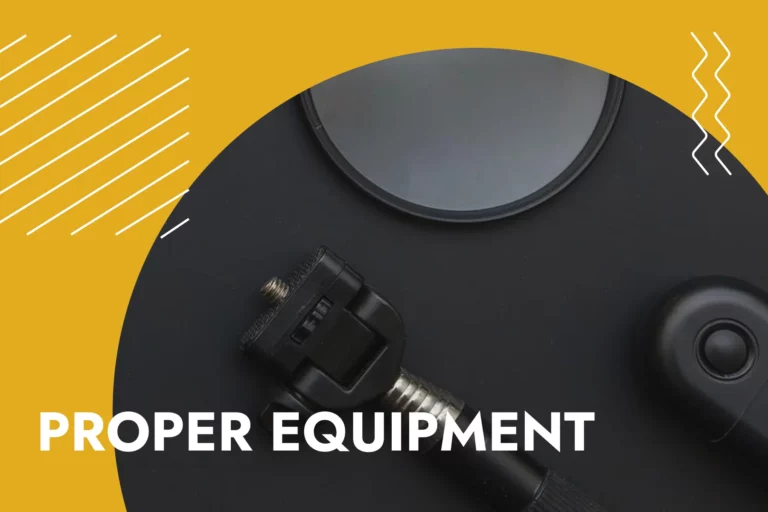
Camera
While there are many options available on the market, one standout choice is the mirrorless camera. The slimmer and lighter design of mirrorless cameras makes them ideal for flat-lay photography, making them easy to maneuver and position over the subject. The tilting LCD screen on most mirrorless cameras allows you to see exactly what you’re shooting from the top view.
A DSLR camera is another great choice for taking flat-lay product shots. DSLR cameras have great image quality and can be used with interchangeable lenses, which can be important if you want to take pictures of small details or multiple products at once. With the ability to adjust settings like aperture and shutter speed, you have full control over how your products are imaged in terms of depth of field and overall sharpness. Furthermore, digital single lens reflex cameras frequently possess larger sensors compared to conventional cameras, resulting in enhanced image quality, enhanced color accuracy, and a wider dynamic range.
Lens
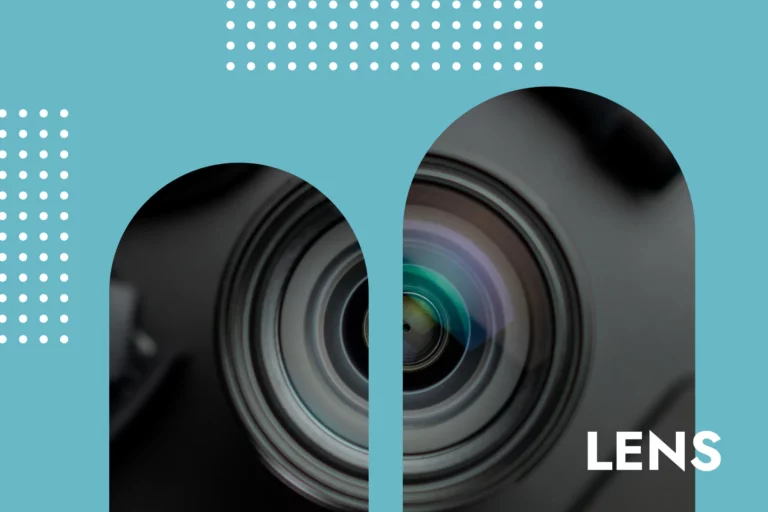
The choice of lens can make a significant difference in capturing captivating shots. A macro lens is one of the best choices for this type of photography. Macro lenses are capable of capturing minute details, allowing you to highlight intricate textures and patterns in your goods, resulting in visually appealing pictures that captivate viewers.
There is also a wide-angle lens that is excellent. A wide-angle lens is the ideal tool for capturing multiple subjects in one image or creating a wide-angle composition. It not only makes your photos look better, but it also shows how things are connected.
Flat product photos can also be taken with a fixed focal length lens. Sharp images with vibrant colors can be captured with fixed focal length lenses, even in low-light conditions. They have a bigger aperture, so you can really shut out the rest of the world and just focus on what’s in front of you.
How to: successful flat lay photography
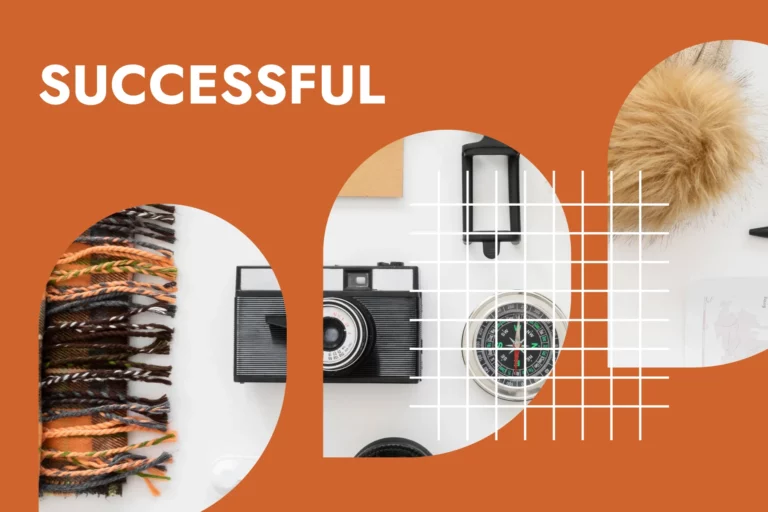
Prepare your flat surface
Preparing your flat surface for flat product photography is critical to making your images look high quality and professional. To ensure that the surface is clean and free of dust and dirt, you should wipe the surface with a soft cloth or microfiber towel before placing your products on it. You should also use a lint roller to remove any stray fibers or pet hair that may appear on your photos.
Choosing the right backdrop is another crucial step in preparing your flat surface for product shots. Picking a background that matches and highlights your items is important. Solid color backgrounds are often a safe choice, as they offer a clean and minimalist look while allowing your products to take center stage. However, don’t be afraid to experiment with patterned backgrounds or textured surfaces if they match the style and branding of your products.
Always pay attention to lighting
Natural light is frequently considered the best choice for this style of photography, as it provides soft and diffused illumination that enhances colors and creates depth in your images. But if you don’t have enough natural light or want to control the lighting, using artificial lights can be a good choice.
Light boxes are a popular technique for flat lay product photography. A light box consists of translucent walls that evenly distribute the light source to eliminate harsh shadows and create a clean background. This setup works particularly well for smaller products like jewelry or cosmetics, as it ensures consistent lighting across your subject.
Another option to consider is backlighting. By placing your subject between the light source and the camera, you can achieve stunning silhouettes and highlight certain elements or textures within your composition. Backlighting can be achieved by positioning a lamp or window behind your subject or by using specialized equipment such as ring lights.
Choose the suitable props
Props can add depth, texture, and interest to your photos, helping you convey the message or story you want to tell. But with an endless array of options available, how do you choose the suitable props for your flat lay?
One important factor to consider is the theme or style of your product. If you’re selling natural skincare products, for example, you might opt for botanical elements such as flowers or leaves as props. Similarly, if your products are vintage-inspired or have a nostalgic feel, incorporating antique books or aged fabrics can help create an engaging look.
Props that complement or contrast with the colors of your product can make it stand out in a flat lay photo. For instance, if your product has vibrant colors like pink and blue, using props in similar hues can create a harmonious image. On the other hand, using contrasting colors like yellow or green can make your product pop even more.
Wrapping up
Flat lay product photography is an effective way to showcase products in a visually appealing manner. However, when it comes to efficiency and cost-effectiveness, CGI proves to be a better alternative. With CGI, the process of creating flat lay imagery becomes faster and more streamlined.
Additionally, the costs associated with traditional photography, such as renting a studio, buying props and equipment, and post-production editing, are significantly reduced with CGI. The ability to easily modify colors, textures, and angles adds another layer of flexibility to CGI flat lay product photography. So if you’re looking for a quicker and more cost-effective solution to create stunning flat lay imagery for your products, start today in the world of CGI.
FAQ
What is flat lay product photography?
Flat lay layout product photography is a style of photography where products are arranged and photographed from a top-down perspective. The items are typically placed on a flat surface, creating an aesthetically pleasing and informative image.
What equipment do I need for flat lay product photography?
You’ll need a camera (DSLR or smartphone), lighting equipment (natural or artificial), a flat surface (like a table or backdrop), and various props or accessories to enhance the composition.
What are some tips for composing a compelling flat lay photograph?
Some tips include selecting a theme or color palette, arranging items in a balanced manner, varying the heights of objects, using leading lines, and paying attention to the background and negative space.
